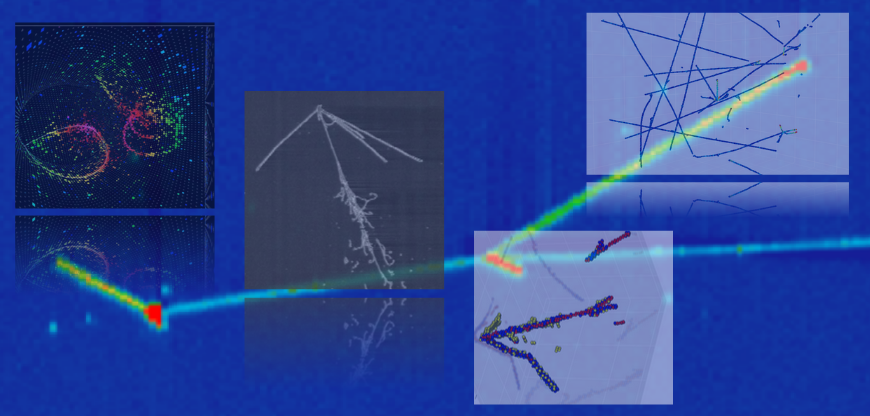Following the completion of its neutrino mass measurement program at the end of 2025, the KATRIN experiment aims to probe keV-scale sterile neutrinos by analyzing the full tritium beta decay spectrum with a novel detector system, TRISTAN. Leveraging KATRIN’s high source activity, this search is sensitive to mixing amplitudes at the parts-per-million level. However, extracting a potential...
Real-time anomaly detection provides a model-independent way to search for unexpected phenomena, complementing traditional model-driven triggers. At the LHC, autoencoder-based anomaly triggers in CMS such as CICADA (on raw calorimeter data) and AXOL1TL (on reconstructed objects) have already demonstrated the power of these methods, with similar efforts underway in ATLAS through GELATO....
Neutrino interactions are poorly understood and modeled, with some processes entirely missing from simulation. This sometimes leads to to surprising observations from rudimentary data analysis techniques such as hand-scanning. Here, the use of contrastive learning and unsupervised clustering is investigated as a more systematic way to explore event types in data. Although the aim is to...

